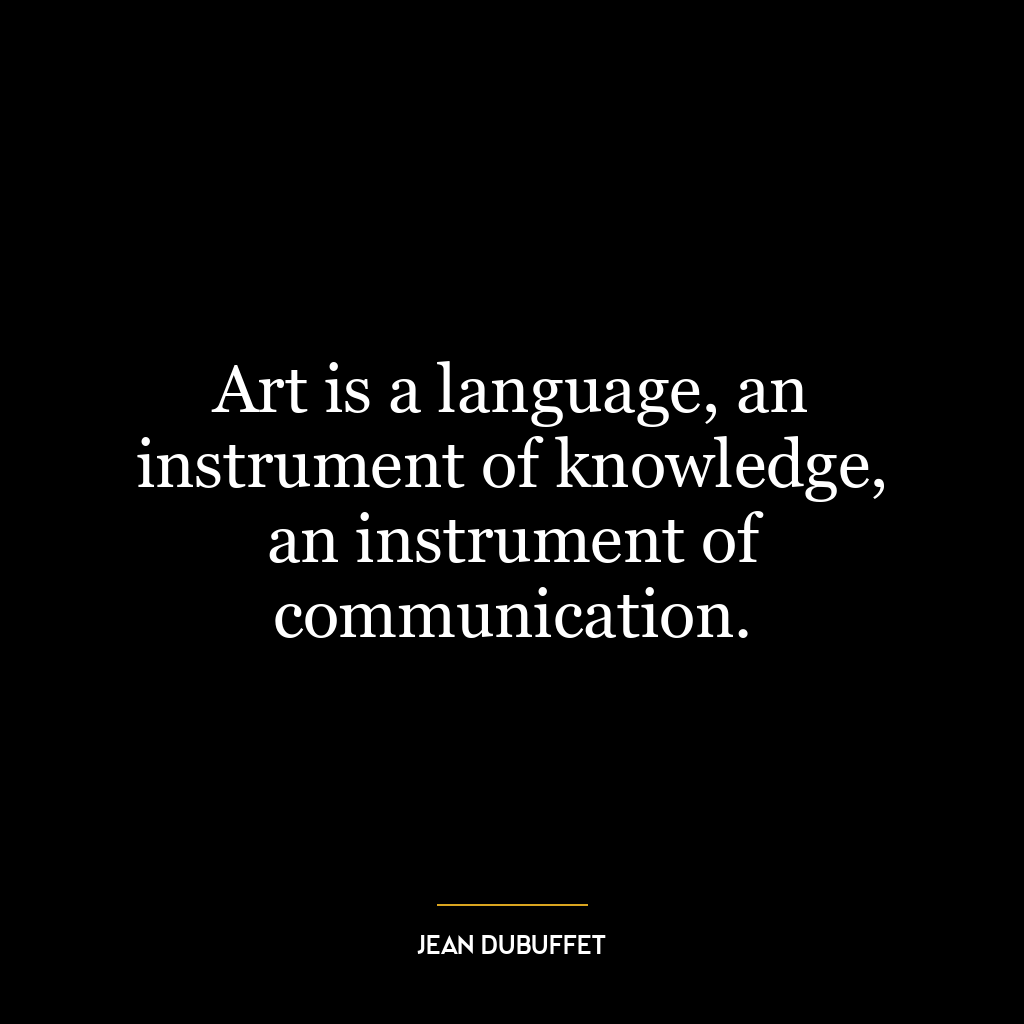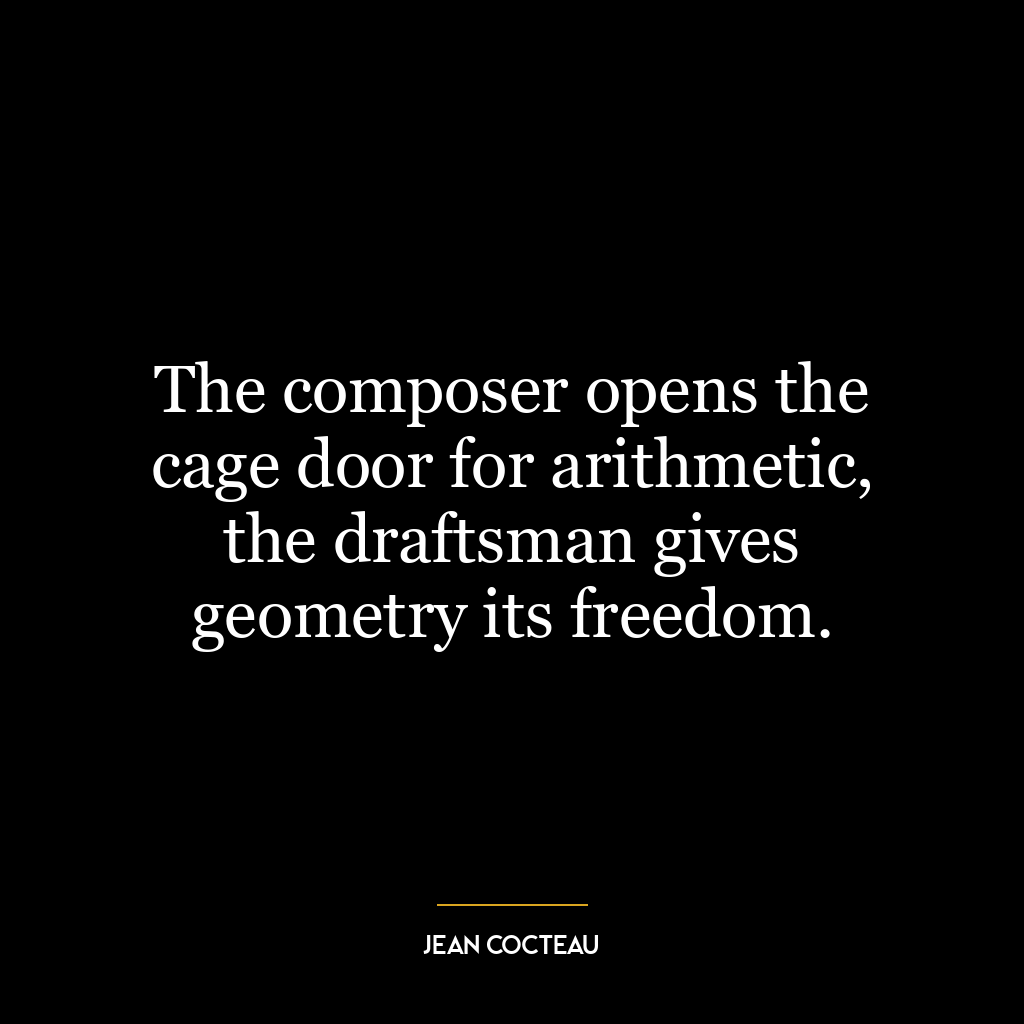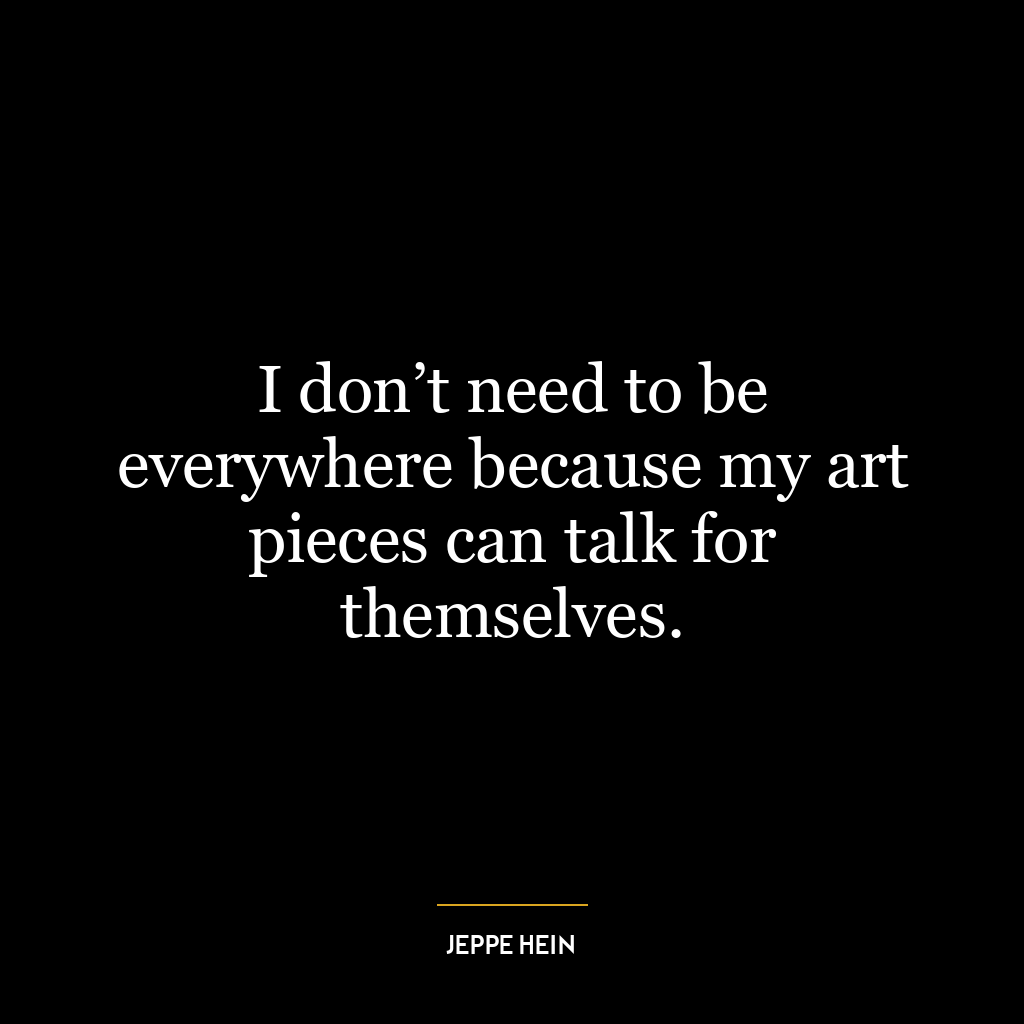We should not be speaking to, but with. That is second nature to any good teacher.
This quote emphasizes the importance of two-way communication in teaching. Rather than just lecturing or speaking to students, a good teacher should engage in a dialogue, speaking with students. This means not only delivering information but also listening to the students, understanding their perspectives, and responding to their thoughts and queries. This approach fosters a more interactive and inclusive learning environment, encouraging students to actively participate and engage rather than passively absorb information.
The idea of speaking with rather than to is not just limited to the classroom, it can be applied in various aspects of today’s world. In corporate settings, for instance, managers who listen to their employees and engage them in decision-making often foster a more inclusive, engaged, and productive workplace. In politics, leaders who engage in dialogues with their constituents, understanding their needs and concerns, are often more successful in gaining public support and implementing effective policies.
In terms of personal development, this idea encourages individuals to engage in active listening and meaningful conversations with others. Instead of just expressing one’s own ideas and opinions, it’s equally important to listen to others, understand their perspectives, and respond thoughtfully. This not only broadens one’s horizons but also fosters empathy, understanding, and respect for others. It also improves one’s communication skills, which are crucial in both personal and professional life.








